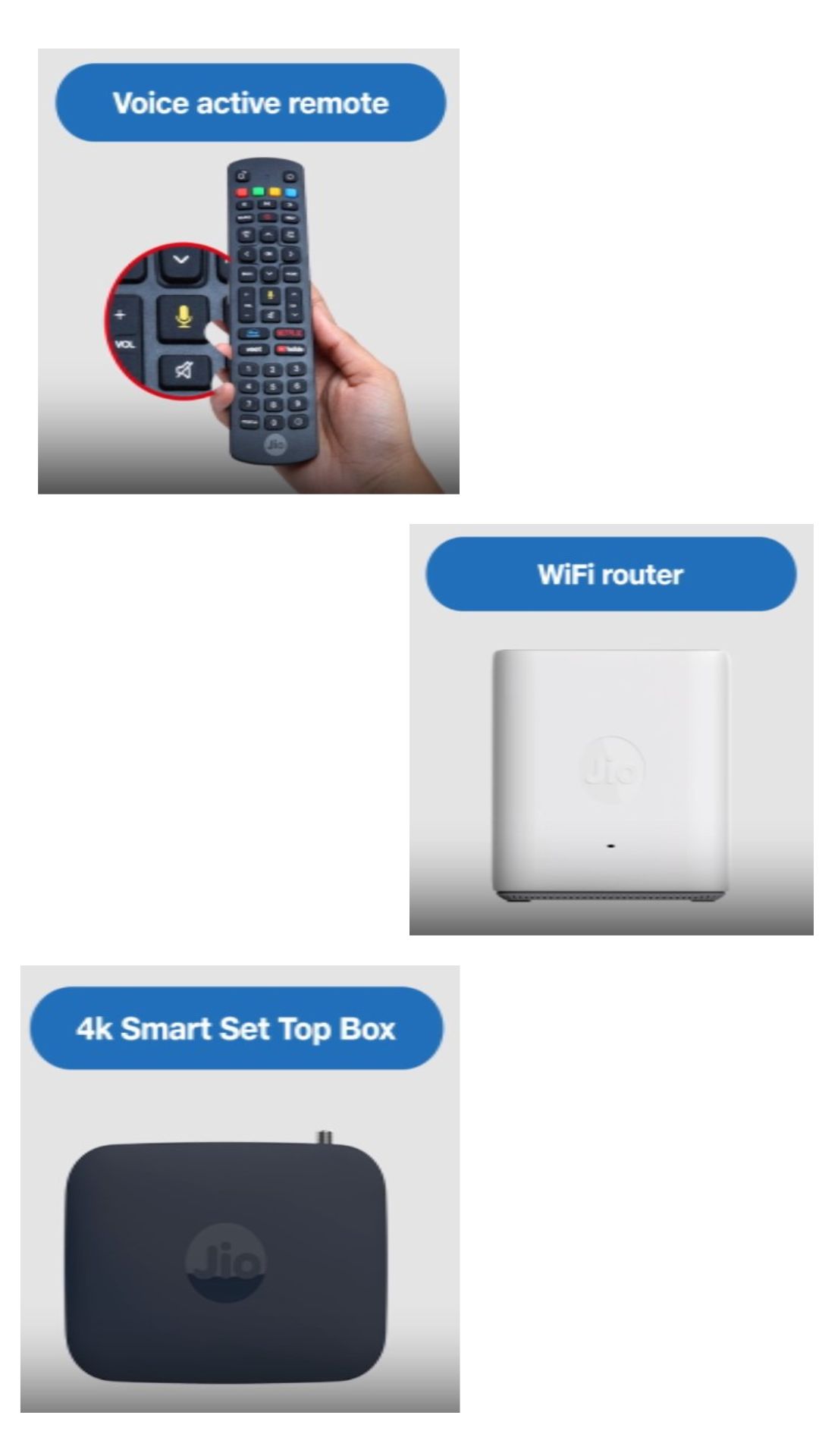Implementing “dark patterns” on e-commerce platforms is prohibited by the Central Consumer Protection Authority (CCPA) standards. The action is meant to safeguard the interests of customers. It is alleged that these “dark patterns” on e-commerce websites are meant to trick or influence consumers’ decisions.
Recently, the government published a notice in the gazette regarding this. They are titled “Guidelines for prevention and regulation of dark patterns” and they apply to all platforms that sell products and services in India, including those used by advertising and sellers. Using dark patterns will be considered deceptive advertising, unfair business practices, or a breach of consumer rights.
What is said in the guidelines?
It further stated that the penalty will be assessed in accordance with the terms of the Consumer Protection Act. The standards that have been notified will guarantee that all parties involved—sellers, buyers, marketplaces, and regulators—are aware of what constitutes unfair business practices, with the latter group being held accountable under the Consumer Protection Act, he continued.
These Dark Patterns: What Are They?
Dark patterns are defined as any practice or deceptive design pattern that subverts or impairs consumer autonomy, decision-making, or choice. It can be applied to any platform and uses user interface or user experience interactions to mislead or trick users into doing something they did not initially intend to do or want to do.
The ministry has identified 13 dishonest behaviours that will be regarded as “dark patterns.” These behaviours include creating the illusion of scarcity in order to create a false sense of urgency, basket sneaking—which is the practice of adding extra items to a purchase so that the total amount paid by the customer exceeds the amount paid for the product—and subscription traps.
‘Basket sneaking’ is considered a fraudulent practice whereby a platform includes extra items, services, donations, or payments to charities during the checkout process without the user’s consent, making the total amount due by the user greater than the amount paid for the product or service they selected.
Another dark pattern known as “forced action” refers to pressuring a user to take an action that would necessitate making purchases of additional goods, subscribing to or enrolling in an unrelated service, or disclosing personal information in order to purchase or subscribe to the good or service that the user had initially intended.
Follow TechOnTips on Facebook. For the latest news, tech news, breaking news headlines and live updates checkout TechOnTips.com










